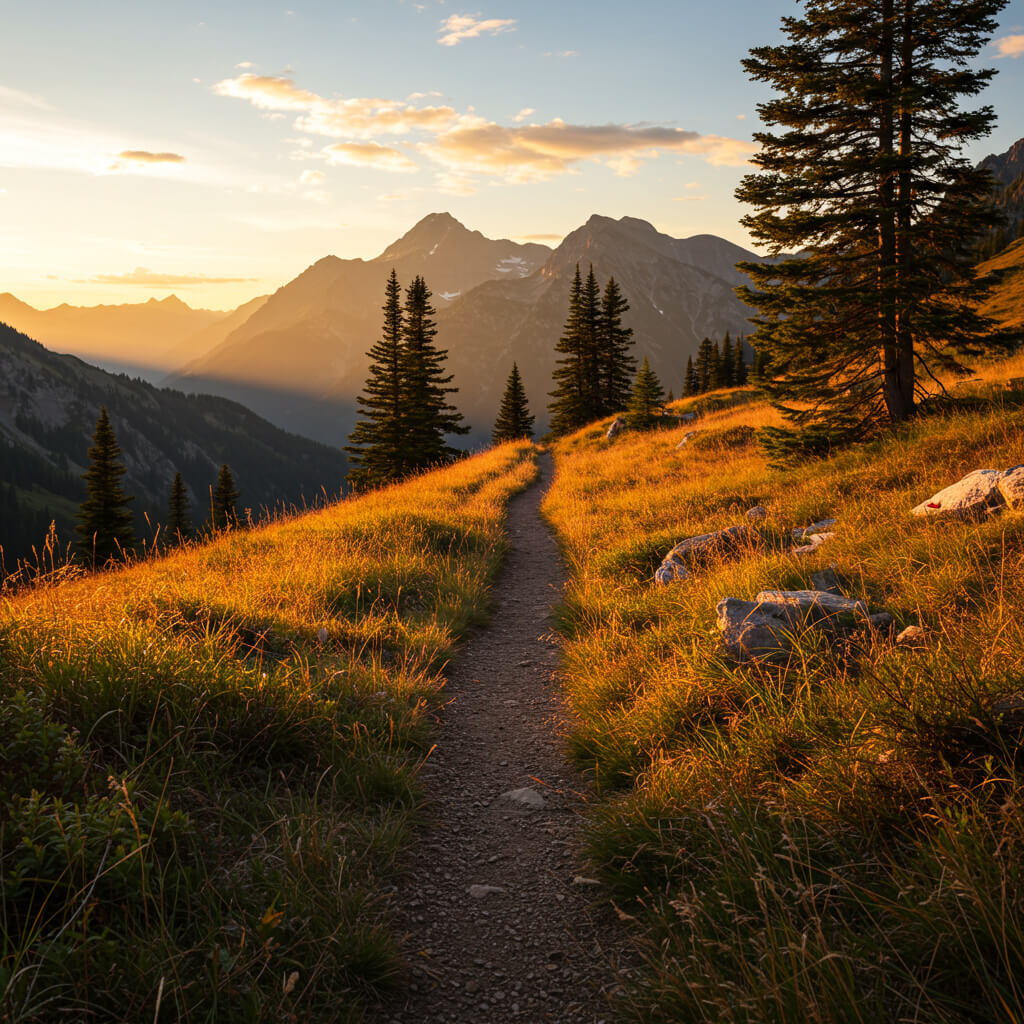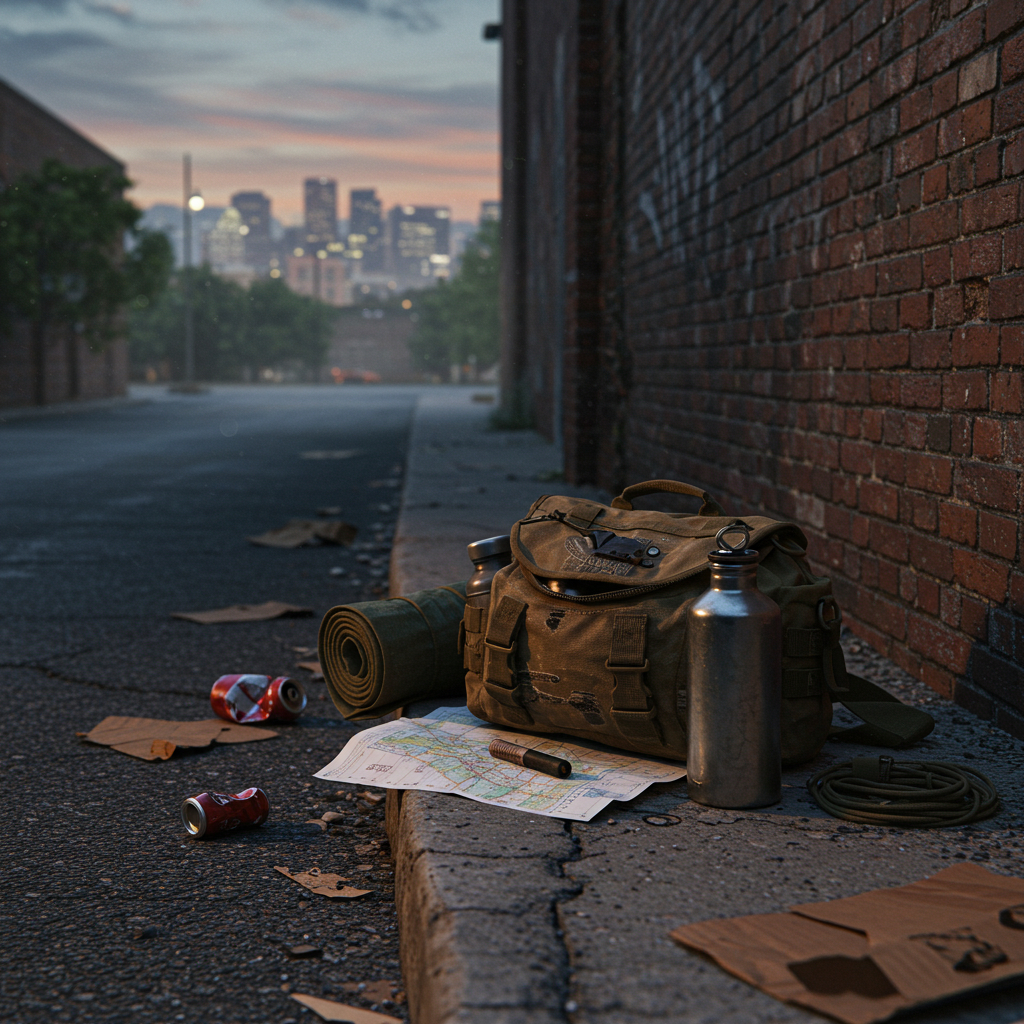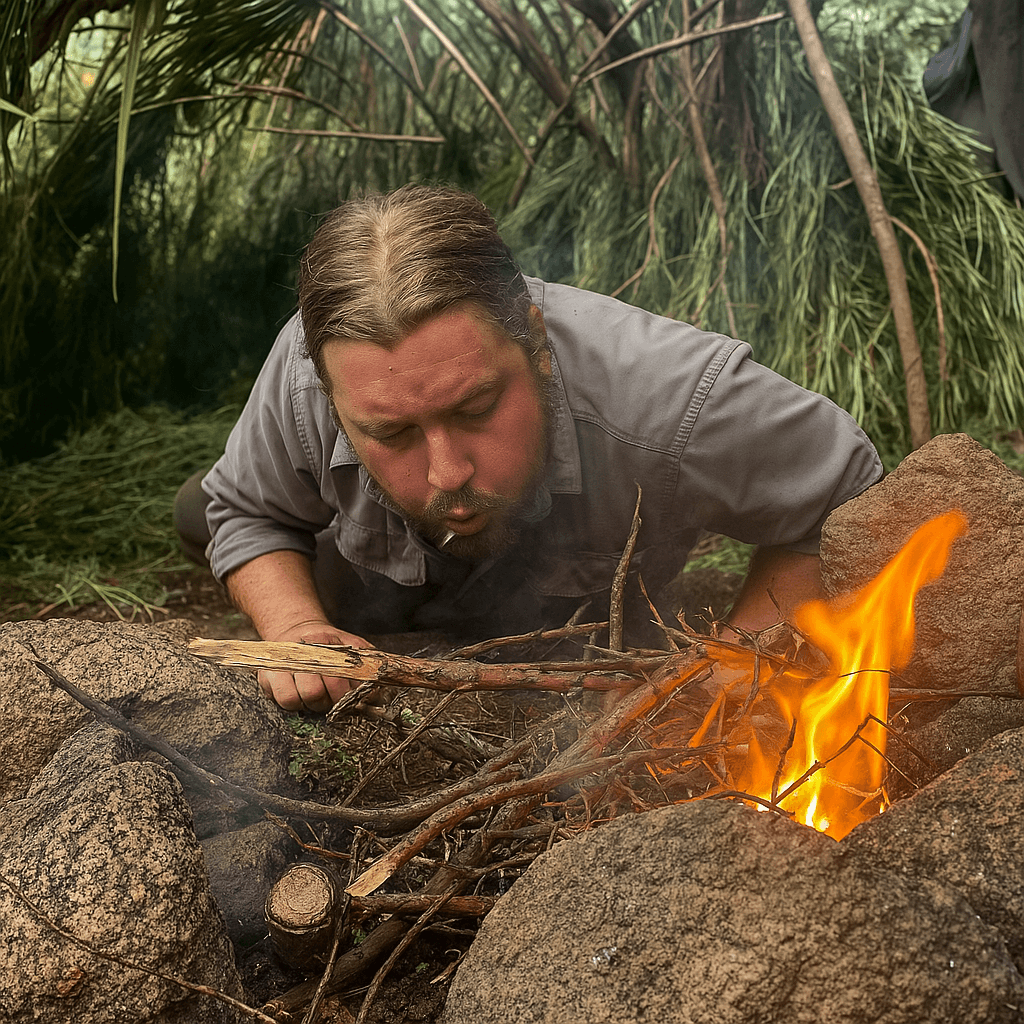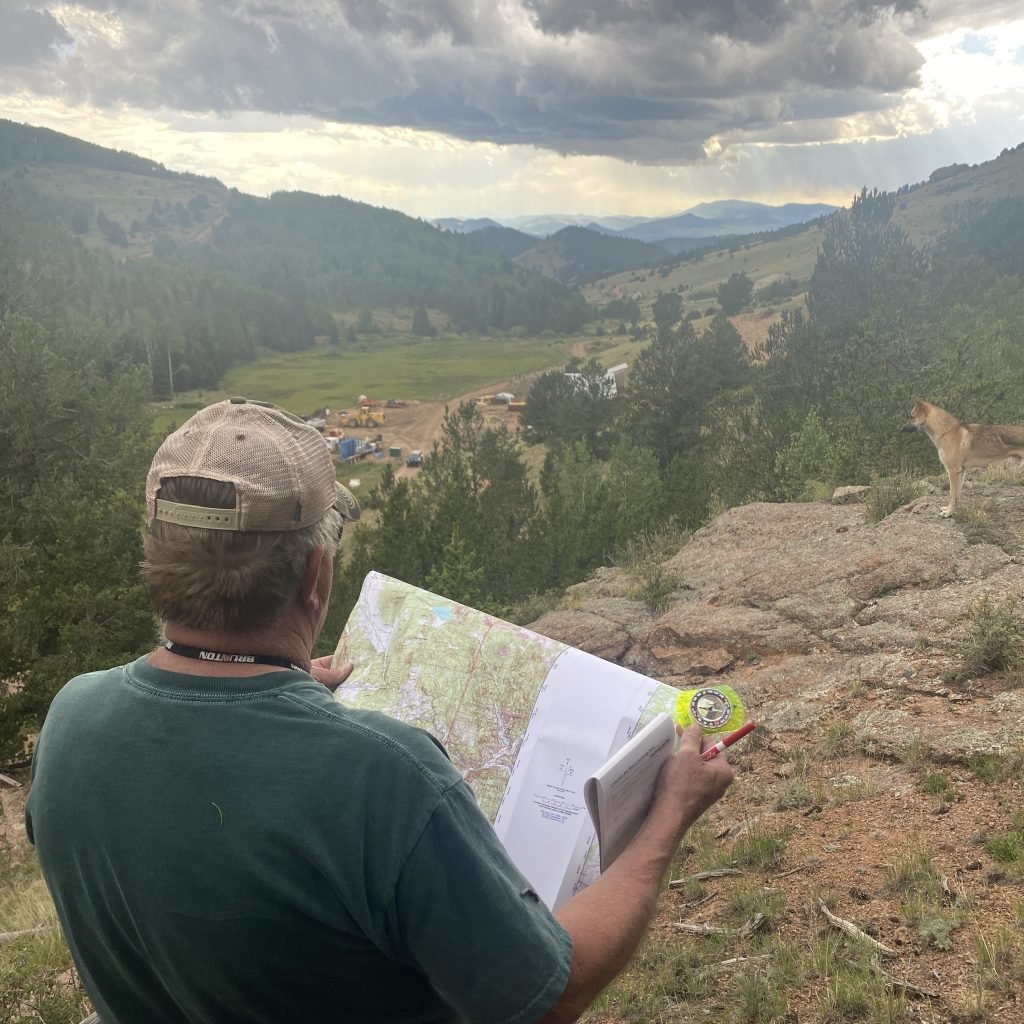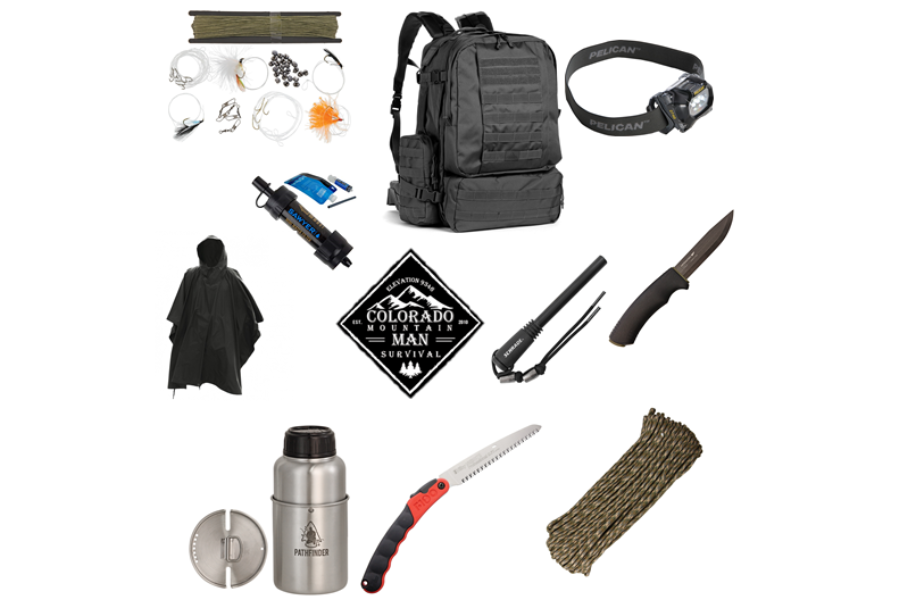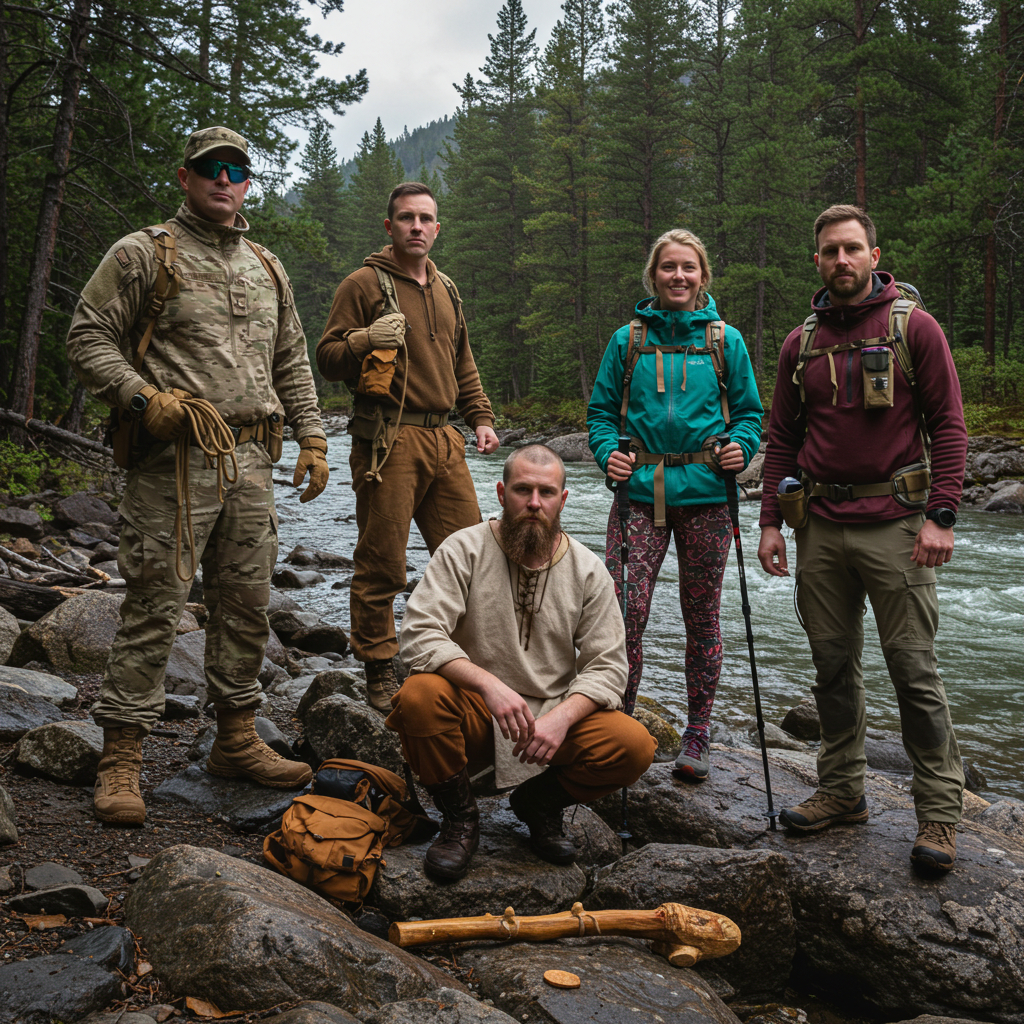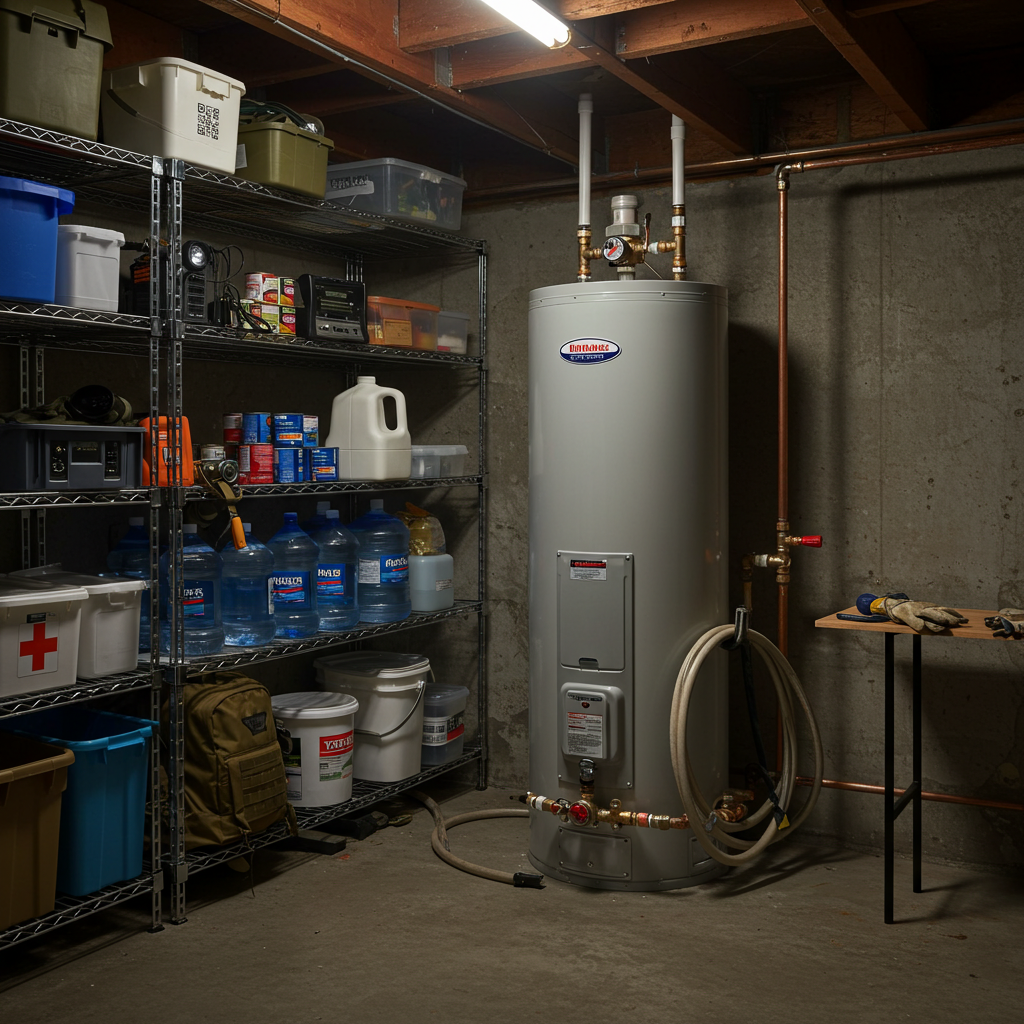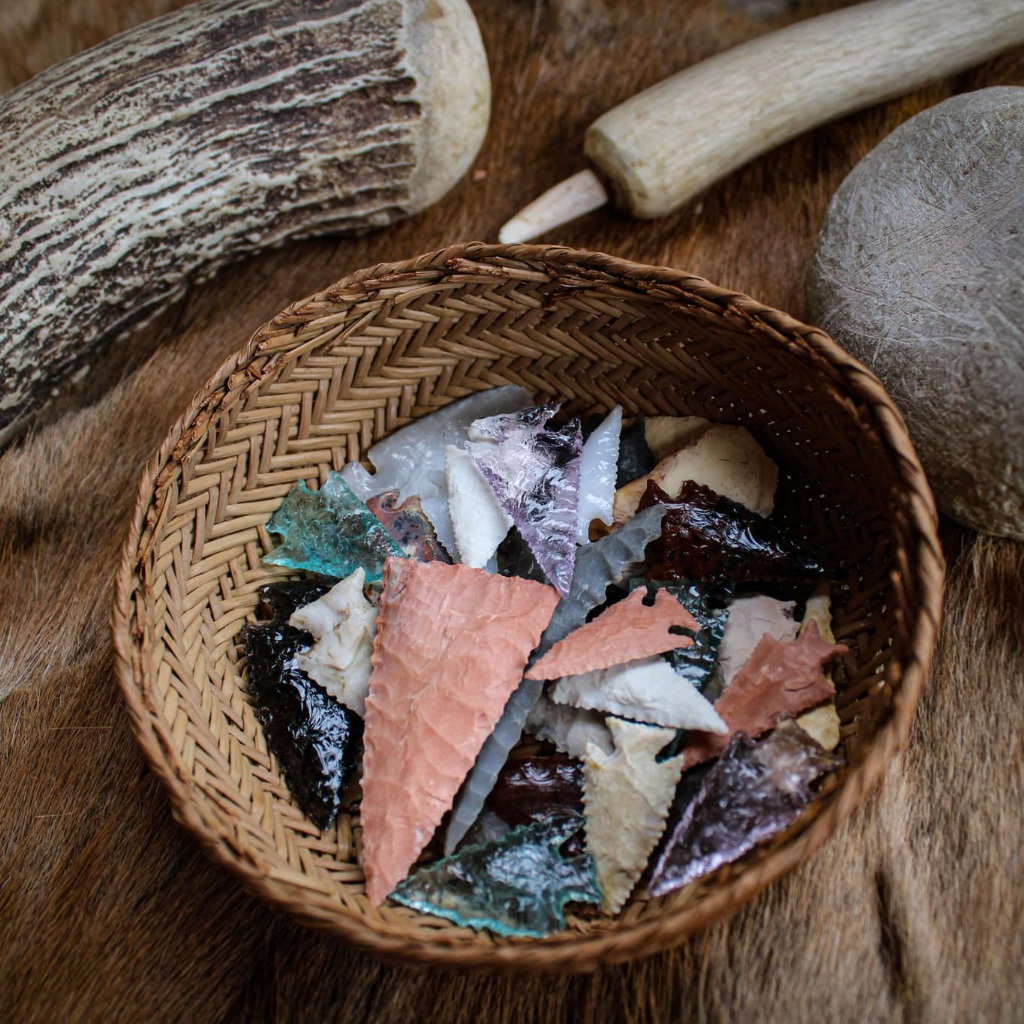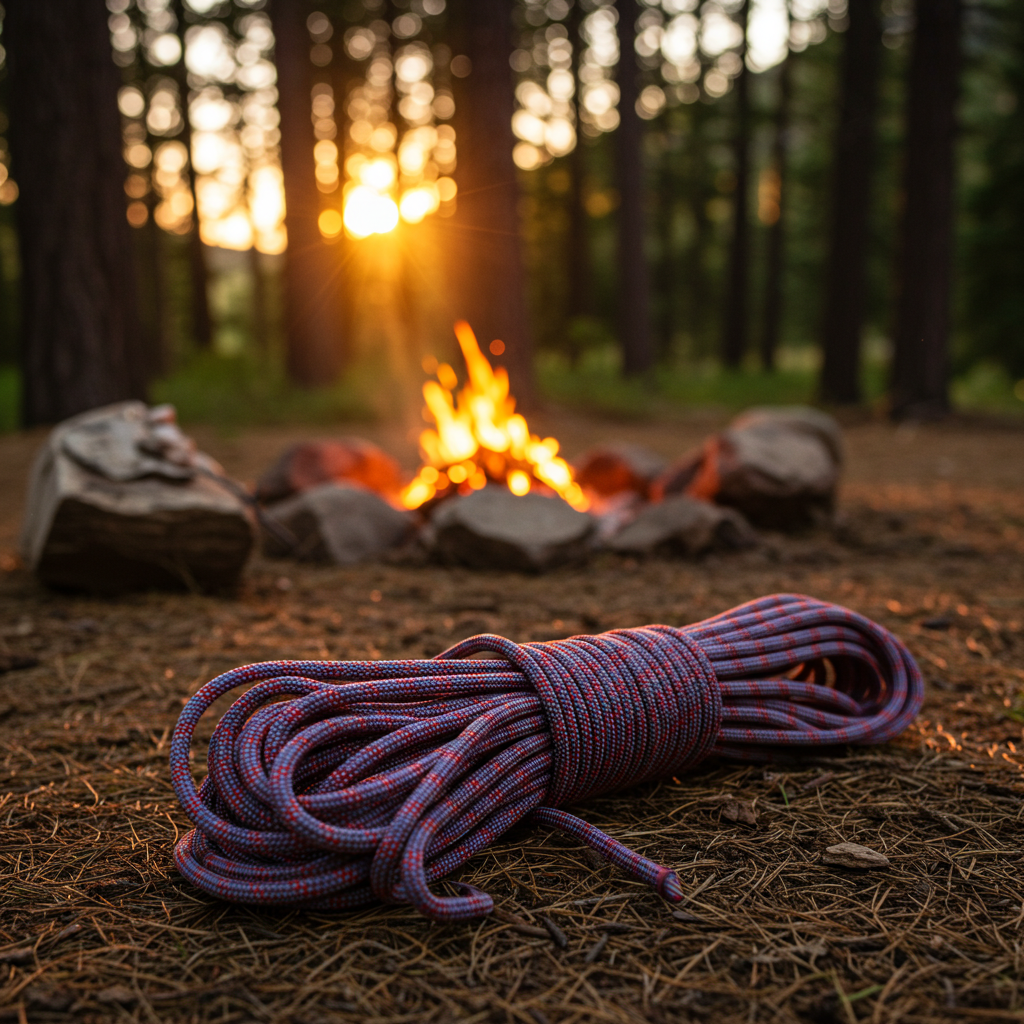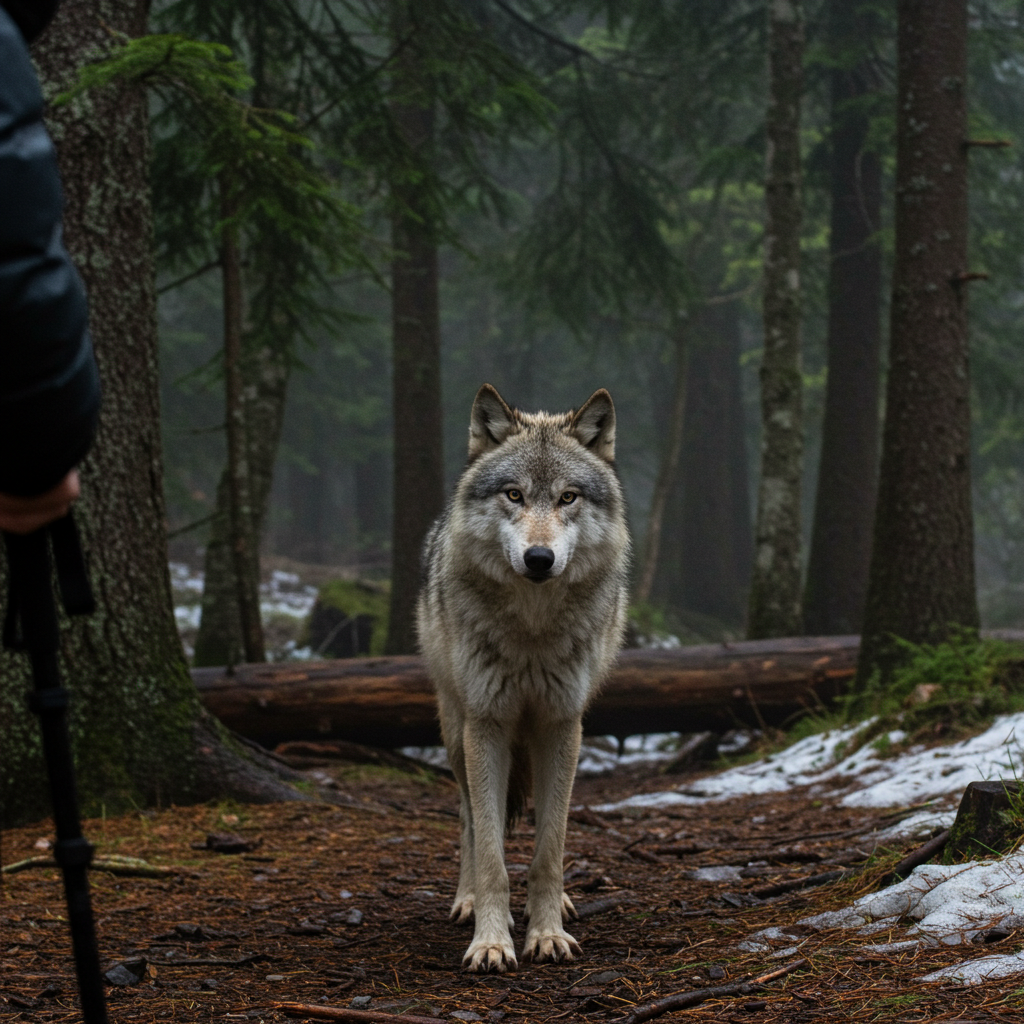Cart
17 min read
Why a Knife is Not Your Most Important Survival Tool: A COMPARISON OF SKILLS AND TOOLS IN REAL-LIFE SCENARIOS

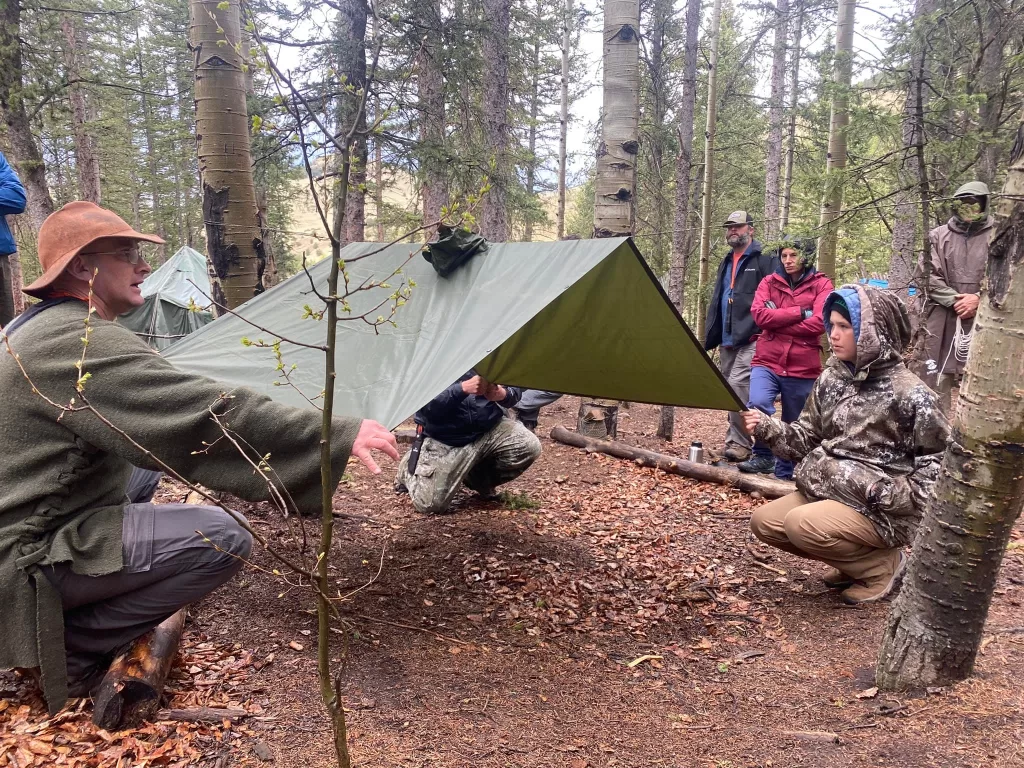 Hutch Teaching Tarp Shelter
Hutch Teaching Tarp Shelter
Ok…this one might be a hard pill to swallow for some adventurers, but do me a favor and stick in there with me. A knife is not, absolutely not, your most important SURVIVAL tool! Still there? Great, do not get me wrong, I love primitive skills, bushcraft, and nothing-but-knife training. The truth is, a major part of my passion and job is teaching those skills, but when we talk about real life, typically 72 hours or less, emergency or survival situation, anything sharp can cut and a knife is just not as big a deal as some other tools.
I have always been heavily active in disaster preparedness and Search and Rescue (a bit less the last few years with the kids), but you only have to spend the night with one corpse waiting for a daytime carry-out to notice that his $300 knife did not save him, but a $7 whistle would have. I could provide numerous documented examples where people were only a whistle away from rescue but did not survive, but I figured it would be more enjoyable and informative to take a different approach.
The Importance of Carrying a Knife
Before I go on, there are loads of reasons to carry a knife. For example, your situation might have you trapped in a seat belt or something. We still recommend a good knife be part of your kit, it is simply our goal to shed some light on some of the misinformation in the outdoor survival community.
We are going to take me vs. 2 students; the students will have gear and I will be using just a knife. In our situation, we will use the magic of imagination to pretend that we each find ourselves in the exact same situation, weather, and with the same favorable resources, but we must act completely alone. Make sure to tune in for future emails as I will highlight these skills and others if I use any term or skill unfamiliar to you.
The Fire Master class is the subject of an upcoming book my good friend Creek Stewart and I have been working on. Many of the skills are little used or completely forgotten, but you will find them here and in the live classes as well as in that book. In fact, it is my hope to get a copy of the book into the hands of every Fire Master student from here on out.
Setting up the Challenge: The Participants and their Gear
I will use 4 decades of experience and only a knife, student #1 will have only taken our Fire Master class and be carrying only a ferro rod. Student #2 will have taken our 3 Day Modern Survival class and will have a small kit to use. The students are limited to using only the most basic skills from these brief classes, and none of the skills from our longer classes are permitted for anyone except me. The two students in this example are real students and I will be using the skills they used in their drills.
A Thought Experiment
Give me a few more minutes and we will go through these 3 stories and see how the situation would likely unfold in perfect situations. Keep in mind, it would likely not be perfect and the outcomes would only be more drastic.
As we write this, Jason decided to add an extra caveat to what I am allowed to do. I will still be using only the knife, but I am also only allowed to use the knife-only skills taught in the classes the other two students have attended.
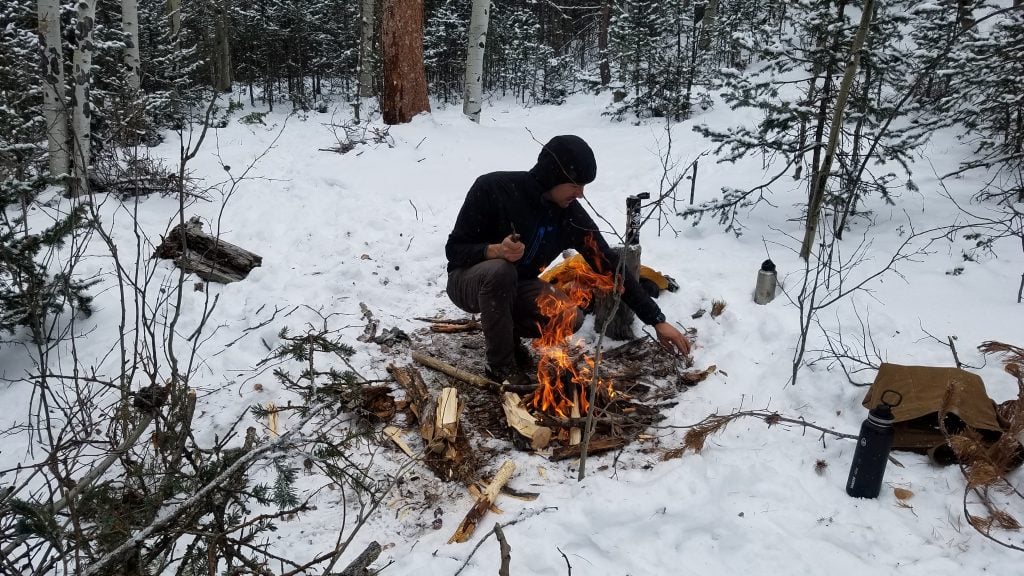
Our emergency situation has started, no one is hurt and we are all positive focused adventurers in a resource-rich environment. All in all, 90 percent of the work is done and we will all live provided we do not do anything stupid or run into more bad luck. It is the end of winter and the beginning of spring so our daytime temperatures at our mountain location are mid to low 30s during the day and low to mid-20s at night.
It is early in the day, but some signs already lead us to believe we will have some afternoon storms.
Time to get started.
Starting a Fire and Building a Primitive Shelter
I am known for my skill with the bow drill. My first ember was at age 8, and in a resource-rich environment, I can consistently go from nothing to ember and fire in 25 minutes or less, normally less. So, I look around and get started sourcing and carving a kit. I am dry now, but it is going to be a wet afternoon and probably a long cold night. As I scout around for my bow drill resources, I am also looking for my shelter location and gathering details on other resources. I decided to start with fire so I can use it as a tool while I perform the labor-intensive task of building a waterproof primitive shelter. Fortunately, I see that we have plenty of pines, deadfall, and deciduous leaves that made it through the snow of winter.
Wow, I am in luck! Rarely would we find all this at elevation on our adventures in the Rocky Mountains at the end of winter. My basic plan is to get a fire while it is dry and use that fire to keep warm and keep my wood dry while I build my shelter. I will also be using the fire and mud method, taught in the fire master and other classes, to make containers for boiling water while I build my shelter. The plan seems solid and is something I have done hundreds of times before, but the next 20 minutes will be mostly spent collecting and carving. I will be using my shoe laces for cordage rather than making cordage.
A quick tip: as soon as you are done reading this replace your shoelaces with 550 cord.
Fire Master Class and Ferro Rod
Let us take a look at what the others would be up to in these same 20 minutes. First, our Fire Master looks around and sees all the same resources as I do, but we do not build shelters in Fire Master and she is only carrying appropriate clothing and a ferro rod. She takes a moment to chastise herself for not listening when I told her a canteen and whistle should be two of your top 5 emergency tools, but she remembers something else I said, “We do not focus on problems, we identify them, and start focusing on solutions.” She takes a moment to control her breathing and looks around. A question runs through her mind, “What do I see, and how do I know to use it to get what I need…or for that matter what do I need?”
She knows that the stream is flowing steadily, but she cannot trust it to be clean. She takes 5 minutes to walk up the stream checking for obvious signs of chemical or biological contamination. This is all taught as part of the Burn Bowl in fire master and some form of rock boiling is going to be her main source of safe water. As she moves upstream, she finds no tires, trash, or dead animals.
A quick tip: Move downhill to find water; follow the water upstream to get closer to the cleaner source of water.
Scouting for Resources and a Shelter Location
As she goes, she is looking for resources and a spot for her shelter. She has to be a bit picky about her shelter. We do not build shelters in fire master, but we do look at the fire dog, long fires, and the Cheyenne fire shelter. She will rely on one of the many ways that many first peoples around the world used fire alone as a shelter. Along the way, she looks for safe rocks to use for rock boiling.
She hopes to find an area good for digging a sip well, but the area is too rocky so she finds a wonderful piece of deadfall wood that can be burned to length and turned into a burn bowl. The walk ended up taking 10 minutes but she has a plan now and she has found a great spot for the Cheyenne Fire Shelter.
Looking at the sky, she also decides to start with fire and use it as a tool, and, using the fire dog, she starts making a fire that will withstand the rain. If you have never used a fire dog you should be aware rain usually seems to just make it mad. Using some pitch wood and a fire ladder easily collected from the downed pines in the area she gets a quick fire. In fire master, we require students to get a fire that can withstand rain in 5 minutes.
Efficient Survival Skills: Building Fire, Shelter, and Water Purification in Less Than Half an Hour
So, in her first 20 minutes, while I am carving a bow drill, she has scouted the area, collected resources, made a fire, set up everything she needs for this unique shelter, and started on her burn bowl. She will be using the Australian mud method taught in class so in the next hour the bowl will be forming while she collects more resources and makes sure her fire and shelter are “bomb-proof”. While scouting her area she found a great place to set up some signal fires and she decided to spend some time getting those ready.
She has almost finished with fire, shelter, and signaling in less than half an hour. The burn bowl will take an hour or two to complete depending on how deep she makes it. The nice thing is, the method she chose allows her to complete other tasks, make multiple bowls at a time, and stay far enough from the fire that she is not sweating. Many methods of burn bowls are wrong. If you are sweating you are losing water (which you obviously need if you are making a burn bowl) and moisture is getting into your clothing leading to a cold, possibly hypothermic, night.
3-Day Modern Survival Class and Small Kit
What about our Modern Survival student? In all my classes I use what I call the choose, use, lose principle. This means we look at how to choose our gear, the best ways to use it, and what to do if we lose it.
Statistically, many documented survival situations are within signal range, so he signals for help and is rescued. Ok, that does not seem fair. Let’s say we do not get signal options until the next day. It is important to mention that since he filled out an emergency action plan, help is sent to him when he does not arrive home on time. He would likely be rescued before he had a chance to spend the night. The horse I am beating here is this, a trip plan and signaling gear are a must! To be fair, let’s make him work for it though.
As all three adventurers walk around, we are looking for useful trash, but for some strange reason we do not find any cans for boiling in, trash for parabolic or solar fires, or anything else. If we had (more than likely we would) we would switch from our plan and go from bow drill to parabolic fire. As it is, we are all stuck using only our skills and gear and natural resources. The 3 Dayer finishes his self-assessment and looks around at all the possibilities.
Choosing the Right Survival Kit: The B.A.C.K.H.O.M.E. Principle
In the 3 Day Modern Survival we look at small Altoids kits, large never coming home kits, and everything in between. Our hero is happy about the decision to carry a small backpack-size kit, as every kit has its advantages and disadvantages. He wishes for a moment that he had the money for a rescue beacon, but alas he did not. So, he decides to buy one WHEN, not IF, he gets home and gets to work. His kit is built on the B.A.C.K.H.O.M.E. principle which I use with full permission from a great teacher and fellow marine, Jack Richland. I do not do that much tactical anymore, so I have made some minor modifications, but it is a principle that can be modified to any size kit from EDC to Bug Out Cabin.
Let’s not make this too easy; imagine that his water filter is somehow broken, and he must use at least some water-gathering skills.
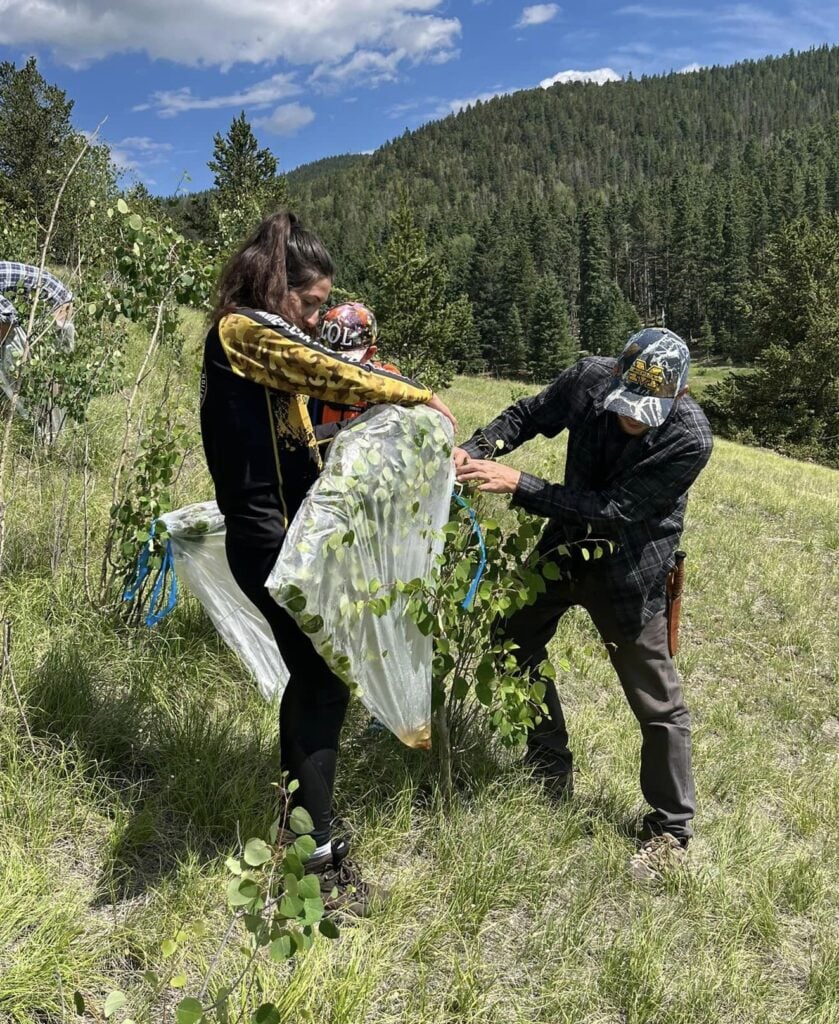
Our hero has a combination of the Ray Mears emergency action and Ron Hood 5 trash bag shelters. Search and Rescue, the military, and other people who need to use them on a regular basis widely use both systems. The shelter goes up in less than 3 minutes so our 3-dayer has way more wiggle room to scout around. He has trail-blazing tape and a compass so he can comfortably travel further away, too, but for now, he decides to put up his transpiration bags while the sun holds.
Preparing for the Night: Collecting Water and Building Shelter
There should be time to collect a few cups of safe water before the storm comes, if it comes. He takes a few more minutes to put up a rain collecting device, just in case it does rain so he can use the water. While those are working, he is sipping at his canteen and looking around as the other two adventurers did. Even though he has the trash bag emergency shelters, he opted to pack the Mors/Harlton super shelter, pre-made the size of a canteen, so why not put it up? He has his fire kit, so he also opts to get the fire going and prepped for rain.
Occasionally, he takes breaks to signal with his whistle and flash the surrounding area with his mirror, and he could be rescued before finishing his setup. However, for now, let’s pretend we all have to spend the night. As he depletes his water, he fills up his canteen with water and starts boiling both.
Hutch’s Experience: Four Decades and a Knife
I have started a fire and am working on other skills and needs in the first half hour. The Fire Master has set up shelter, started a fire, and has a head start on the burn bowls for water. She might complete hers before the rain starts and won’t even need to rock boil. Our Modern Survival three-dayer has fire, shelter, and water, has been signaling for help, and decides to cook up some of his food, after all, he had plenty of room for 5 days of rations.
I will finish my burn bowls and complete most of the shelter before the rain hits in the next few hours. Tomorrow I can do some work to make it completely waterproof and life is good, but it will be a long drippy night of short naps. I opt for a long, hot Belmore fire which will counter the incomplete shelter and make for a more comfortable night.
The Importance of a Good Survival Kit: Comparing the Outcomes of the Three Adventurers.
Our Fire Master stays in her micro-climate and sleeps better and longer, but she does have to get up every 4-6 hours to maintain her fire shelter. In the morning she is more rested than I am, but ready to take a few more classes.
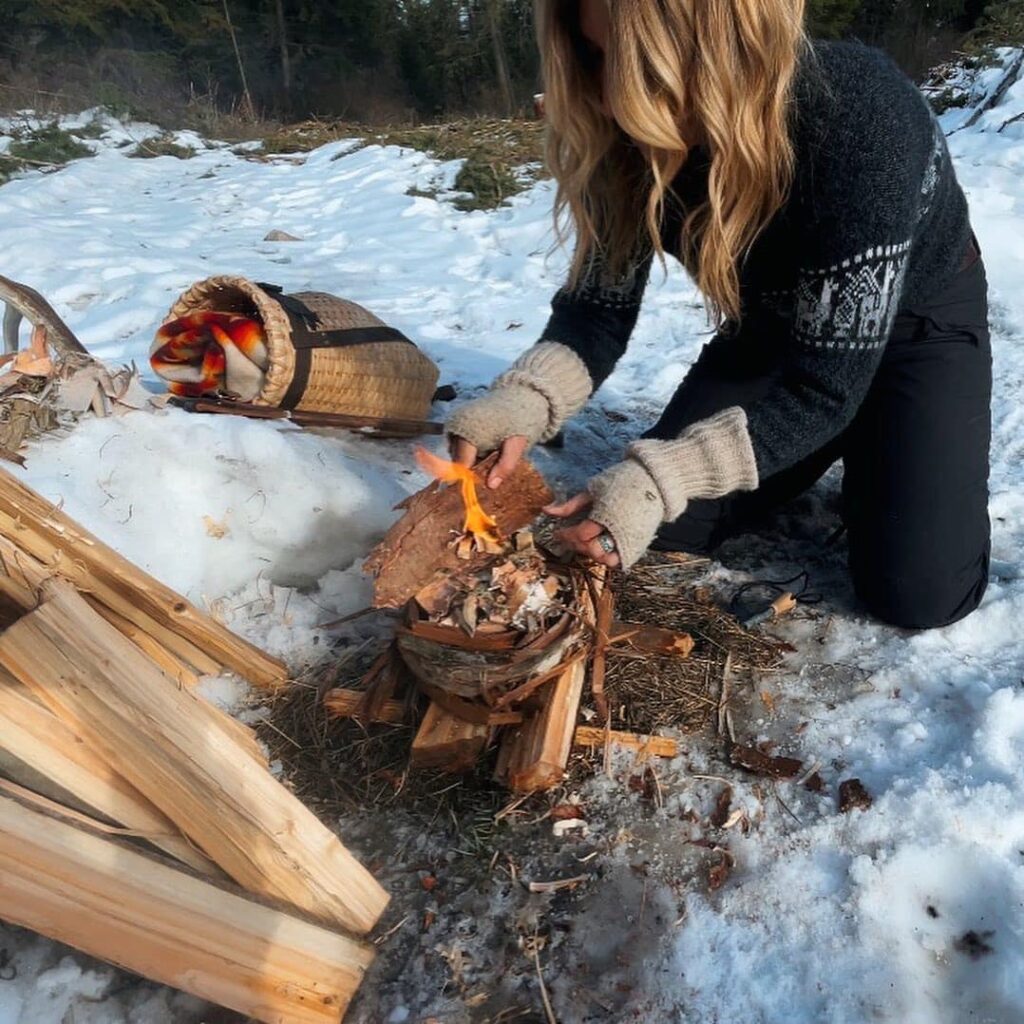
Finally, our Modern Survival sleeps in. He was warm, hydrated, and fed and even took some time to read from the survival book he had in the bag.
He likely signals for rescue a few hours or days before the other groups. Eventually, the other two signal a plane for help and we are all home within 3 days, but pay attention to how far ahead of me just a little gear puts them. These hours can be huge if anything goes wrong with your plan.
If anyone with even beginner skill has a good fire kit, trash bag, and canteen they will affect fire, shelter, and water hours ahead of even the most well-known names in the business using only a knife.
Certainly, I advocate having a knife and a saw if you have room. They are an incredibly important piece of your gear. In the long term or in certain situations the knife will be in regular use. But in the short-term survival situation, a small bit of gear changes everything, and the knife is not normally the first priority piece of gear.
I am redesigning my Ready Set Adventure instructor in a box series to supplement and match all our TSU classes, so please check them out for hand-picked gear, extra practice, and guided adventures. We also have many books coming out to aid in practicing and learning these skills.
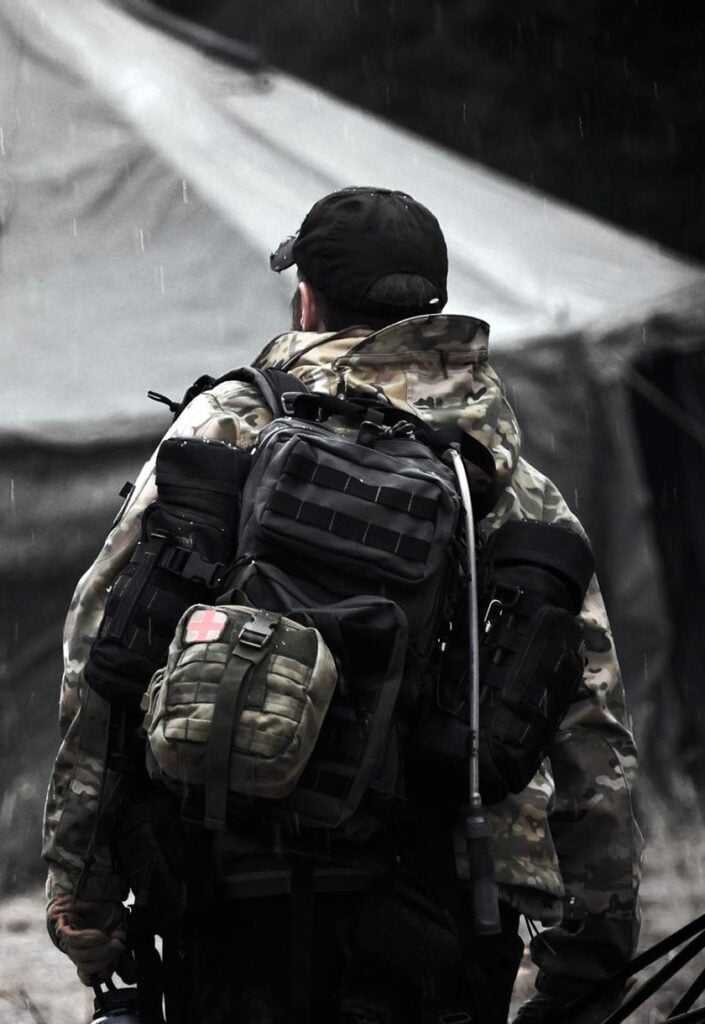
The B.A.C.K.H.O.M.E. Principle
On all your adventures I recommend carrying at least:
B. Burn- A fire kit consisting of a ferro rod and lighter and fill the rest of your space with reliable tinder.
A. All weather shelters – At least a trash bag, but more if you have space
C. Cordage- 550 and tape or other strong options
k. Knife and kkkkuting tools
H. Hand-free light and nighttime signaling device
O. Orienteering gear
M. Metal canteen and water purification gear
E. Emergency signaling and first aid gear
I hope to see you at class so we can build on this outline and refine our skills together. Many of you have taken more training than one class, and obviously, the more you know the more options there would be in this scenario. However, in both drill training and documented emergencies the knife has been an incredibly valuable, but not the most valuable tool. Absolutely carry a good knife, but be careful of the “I only need a knife” Kool-Aid.
Remember, even if you are just imagining survival situations, there is no such thing as a small adventure.
Stay safe out there, see you on the adventure trail.
P.S. – For those of you that made it this far. When the book Creek and I have been working on comes out, Jason and I are going to do a live page-by-page companion class for it. We are also trying to get a version of the same class at some of our partner schools like Wild Kind Academy.
Did you like these survival tips? Check out more tips and trick on our Wilderness Survival Tips page.
If you are looking for hands on training to learn more about wilderness survival and want to take months if not years off of your learning curve, I suggest you check out our 5 Day Outdoor Survival Basics 101 class!
#survivalskills #survivalgear #wildernessculture #outdooreducation #wildernesssurvival
Leave a Comment
What Nash Quinn’s Disappearance Teaches Us About Being Ready for the Backcountry
Nash Quinn vanished on a routine ride near Laramie. His story is a powerful reminder of why preparation, communication, and humility in the outdoors matter...
Recommended Gear List For Courses
Colorado is a cold weather climate most of the year and with our survival school at 9400 feet, it can get frigid at night, even…
Survival Training Near Me: Why the Best Might Be Worth the Trip
Discover why the best survival training might mean leaving the city. Explore The Survival University’s 4000+ acres and 20+ expert instructors!
Bugging In Guide Part 1: Drain Your Water Heater
Learn how to access hidden water in your home by safely draining your water heater during emergencies. A must-read for urban survival and bugging in.
Flint Knapping for Beginners: My Hilarious Failures & How to Do It Right
Flint knapping sounds easy—until you try it. Here’s my journey of frustration, flying shards, and why some people (but not me) make it look effortless.
What to Do When You Encounter a Wolf in the Wild
Wolves are neither villains nor heroes—they’re survivors. Explore their role in nature, the myths that surround them, and what we can learn from their resilience.

